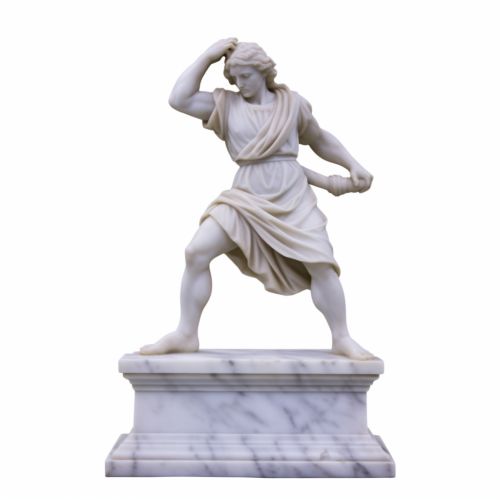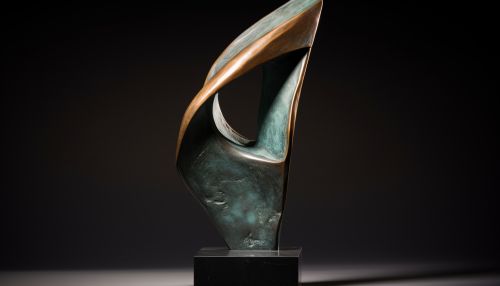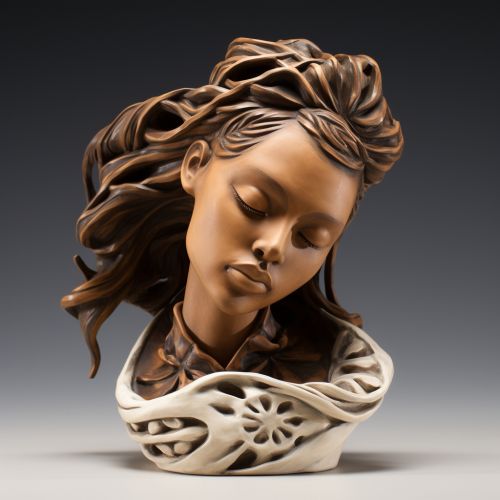The Science of Human Cognitive Styles in Sculpture
Introduction
The science of human cognitive styles in sculpture is a field of study that explores the relationship between the way individuals process information and their interaction with three-dimensional art forms. This discipline combines elements of cognitive science, art history, psychology, and sculpture to understand how different cognitive styles influence the perception and interpretation of sculptural works.


Cognitive Styles
Cognitive styles refer to the preferred way an individual processes information. These styles can be broadly categorized into two types: field-dependent and field-independent. Field-dependent individuals tend to perceive an entire picture and make less distinction between the foreground and the background. In contrast, field-independent individuals focus more on individual parts and are less influenced by the surrounding context.
Sculpture and Perception
Sculpture, as a three-dimensional art form, offers a unique platform for the study of cognitive styles. Unlike two-dimensional art forms such as painting or photography, sculpture engages the viewer in a spatial relationship. This spatial engagement requires a different set of cognitive skills, including spatial reasoning and object recognition.


Field-Dependent Perception of Sculpture
Field-dependent individuals, when interacting with sculpture, tend to perceive the artwork as a whole. They are more likely to be influenced by the overall form and composition of the sculpture, as well as its placement within a space. For these individuals, the context in which the sculpture is displayed can significantly influence their interpretation of the artwork.
Field-Independent Perception of Sculpture
On the other hand, field-independent individuals tend to focus on the individual elements of a sculpture. They are more likely to notice the details of the artwork, such as the texture of the material or the intricacies of the form. These individuals are less influenced by the surrounding context and more likely to form their interpretation based on the sculpture itself.


The Role of Cognitive Styles in Sculpture Appreciation
Understanding cognitive styles can provide valuable insights into how individuals appreciate and interpret sculptures. For example, field-dependent individuals may be more likely to appreciate sculptures that are integrated into their surroundings, such as public art installations or environmental art. In contrast, field-independent individuals may prefer sculptures that stand alone as individual objects, such as those displayed in a gallery setting.
Implications for Sculptors
For sculptors, understanding the science of human cognitive styles can be a valuable tool in creating works that engage a broad audience. By considering how different individuals process information, sculptors can create works that appeal to both field-dependent and field-independent viewers. This can involve considering the overall form and context of the sculpture for field-dependent viewers, while also incorporating detailed elements for field-independent viewers.


Future Directions
The science of human cognitive styles in sculpture is a growing field, with many potential directions for future research. One area of interest is the role of cognitive styles in the interpretation of abstract versus representational sculptures. Another area of interest is the influence of cognitive styles on the emotional responses to sculptures.


